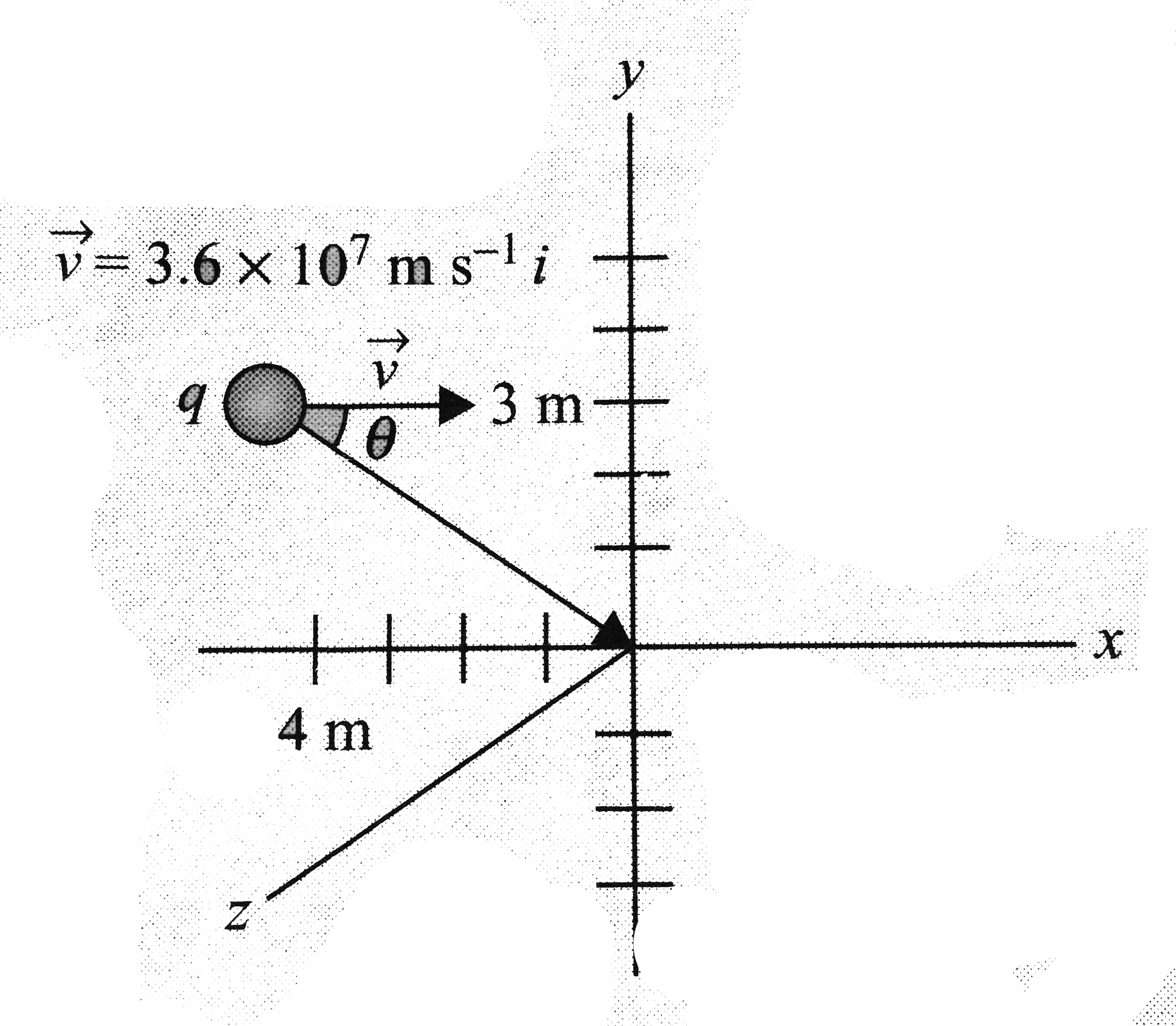If the area of bounded between the x-axis and the graph of y=6x−3x2 between the ordinates x=1andx=a is 19 units, then a can take the value 4or−2 two value are in (2,3) and one in (−1,0) two value are in (3,4) and one in (−2,−1) none of these
To solve the problem, we need to find the value of a such that the area bounded between the x-axis and the graph of y=6x−3x2 from x=1 to x=a is equal to 19 square units.
1. Set up the integral for the area:
The area A under the curve from x=1 to x=a is given by the integral:
A=∫a1(6x−3x2)dx
2. Calculate the integral:
First, we find the antiderivative of 6x−3x2:
∫(6x−3x2)dx=3x2−x3+C
Now, we evaluate the definite integral:
A=(3x2−x3)a1=(3a2−a3)−(3(1)2−(1)3)
Simplifying the expression:
A=(3a2−a3)−(3−1)=3a2−a3−2
3. Set the area equal to 19:
We set the expression for the area equal to 19:
3a2−a3−2=19
Rearranging gives:
−a3+3a2−21=0
Multiplying through by -1:
a3−3a2+21=0
4. Finding the roots:
We can use the Rational Root Theorem or synthetic division to find possible rational roots. Testing a=4:
43−3(42)+21=64−48+21=37(not a root)
Testing a=−2:
(−2)3−3(−2)2+21=−8−12+21=1(not a root)
Testing a=3:
33−3(32)+21=27−27+21=21(not a root)
Testing a=2:
23−3(22)+21=8−12+21=17(not a root)
Testing a=1:
13−3(12)+21=1−3+21=19(not a root)
After testing several values, we can conclude that a=4 and a=−2 are the candidates.
5. Conclusion:
The values of a that satisfy the area condition are a=4 and a=−2.
The area A under the curve from x=1 to x=a is given by the integral:
A=∫a1(6x−3x2)dx
First, we find the antiderivative of 6x−3x2:
∫(6x−3x2)dx=3x2−x3+C
Now, we evaluate the definite integral:
A=(3x2−x3)a1=(3a2−a3)−(3(1)2−(1)3)
Simplifying the expression:
A=(3a2−a3)−(3−1)=3a2−a3−2
We set the expression for the area equal to 19:
3a2−a3−2=19
Rearranging gives:
−a3+3a2−21=0
Multiplying through by -1:
a3−3a2+21=0
We can use the Rational Root Theorem or synthetic division to find possible rational roots. Testing a=4:
43−3(42)+21=64−48+21=37(not a root)
Testing a=−2:
(−2)3−3(−2)2+21=−8−12+21=1(not a root)
Testing a=3:
33−3(32)+21=27−27+21=21(not a root)
Testing a=2:
23−3(22)+21=8−12+21=17(not a root)
Testing a=1:
13−3(12)+21=1−3+21=19(not a root)
The values of a that satisfy the area condition are a=4 and a=−2.
Topper's Solved these Questions
- AREABOOK - CENGAGE ENGLISHCHAPTER - AREAEXERCISE - Solved Examples
10 Videos
- AREABOOK - CENGAGE ENGLISHCHAPTER - AREAEXERCISE - Concept Application Exercise 9.1
9 Videos
- APPLICATIONS OF DERIVATIVESBOOK - CENGAGE ENGLISHCHAPTER - APPLICATIONS OF DERIVATIVESEXERCISE - Comprehension Type
5 Videos
- BINOMIAL THEOREMBOOK - CENGAGE ENGLISHCHAPTER - BINOMIAL THEOREMEXERCISE - Matrix
4 Videos
Similar Questions
If the area of bounded between the x-axis and the graph of y=6x−3x2 between the ordinates x=1 and x=a is 19 units, then a can take the value: (A) 4 or -2 (B) one value is in (2, 3) and one in (-1, 0) (C) one value is in (3, 4) and one in (-2,-1) (D) none of these
View SolutionThe ratio between masses of two planets is 3 : 5 and the ratio between their radii is 5 : 3. The ratio between their acceleration due to gravity will be
View SolutionThe area bounded by the curve y=(x−1)(x−2)(x−3) and x-axis lying between the ordinates x=0andx=4 is
View SolutionA point chanrge of magnitude q=4.5nC is moving with speed v=3.6×107ms−1 parallel to the x-axis along the line y=3m. Find the magnetic field at the origin produced by this charge when the charge is at the point x=−4m, y=3m, as shown in Fig.

View SolutionFind the area bounded by the curve y=(x−1)(x−2)(x−3) lying between the ordinates x=0andx=3.
View SolutionFind the area bounded by the curve y=(x−1)(x−2)(x−3) lying between the ordinates x=0andx=3.
View SolutionFind the area bounded by the curve y=(x−1)(x−2)(x−3) lying between the ordinates x=0andx=3.
View SolutionFind the area bounded by the curve y=(x−1)(x−2)(x−3) and X-axis lying between ordinates x=0 and x=3
View SolutionFind the area bounded by the curve y=4x−x2, the x-axis and the ordinates x=1 and x=3.
View SolutionThe area bounded by the curves y=cosx and y=sinx between the ordinates x=0 and x=3π2 is
View Solution

